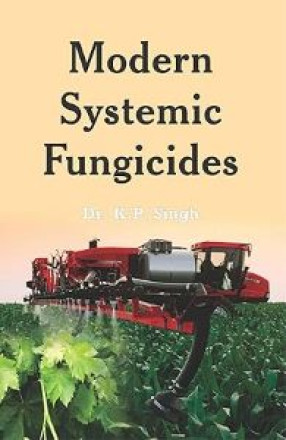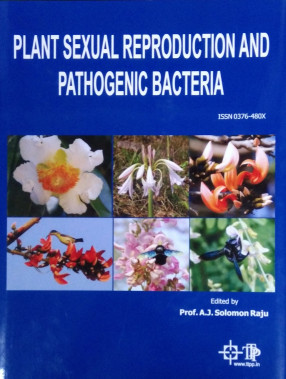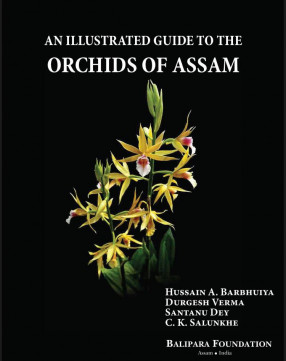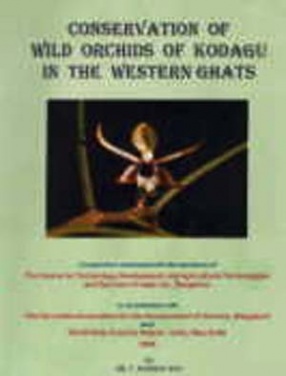Modern Systemic Fungicides
Contents: 1. Fungicide. 2. Biological significance and applications. 3. Antifungal medication. 4. Environmental and health impacts. 5. Symptom caused by phytopathogenic bacteria. 6. Factors responsible for non-parasitic disease.
Fungicides can either be contact, translaminar or systemic. Contact fungicides are not taken up into the plant tissue, and only protect the plant where the spray is deposited; translaminar fungicides redistribute the fungicide from the upper, sprayed leaf surface to the lower, unsprayed surface; systemic fungicides are taken up and redistributed through the xylem vessels to the upper parts of the plant. New leaf growth is protected for a short period. The fungicide resistance action committee (FRAC) has several recommended practices to try to avoid the development of fungicide resistance, especially in at-risk fungicides including Strobilurins such as azoxystrobin. Products should not be used in isolation but rather as mixture, or alternate sprays, with another fungicide with a different mechanism of action. The likelihood of the pathogen developing resistance is greatly decreased by the fact that any resistant isolates to one fungicide will hopefully be killed by the other – in other words two mutations would be required rather than just one. The effectiveness of this technique can be demonstrated by Metalaxyl, a phenyl amide fungicide. This book explores the latest advances in the field of this subject. The subject matter, both as regards the arrangement of chapters as well as contents is designed to meet the requirement of the students in several Universities.
Get it now and save 10%
BECOME A MEMBER











Bibliographic information